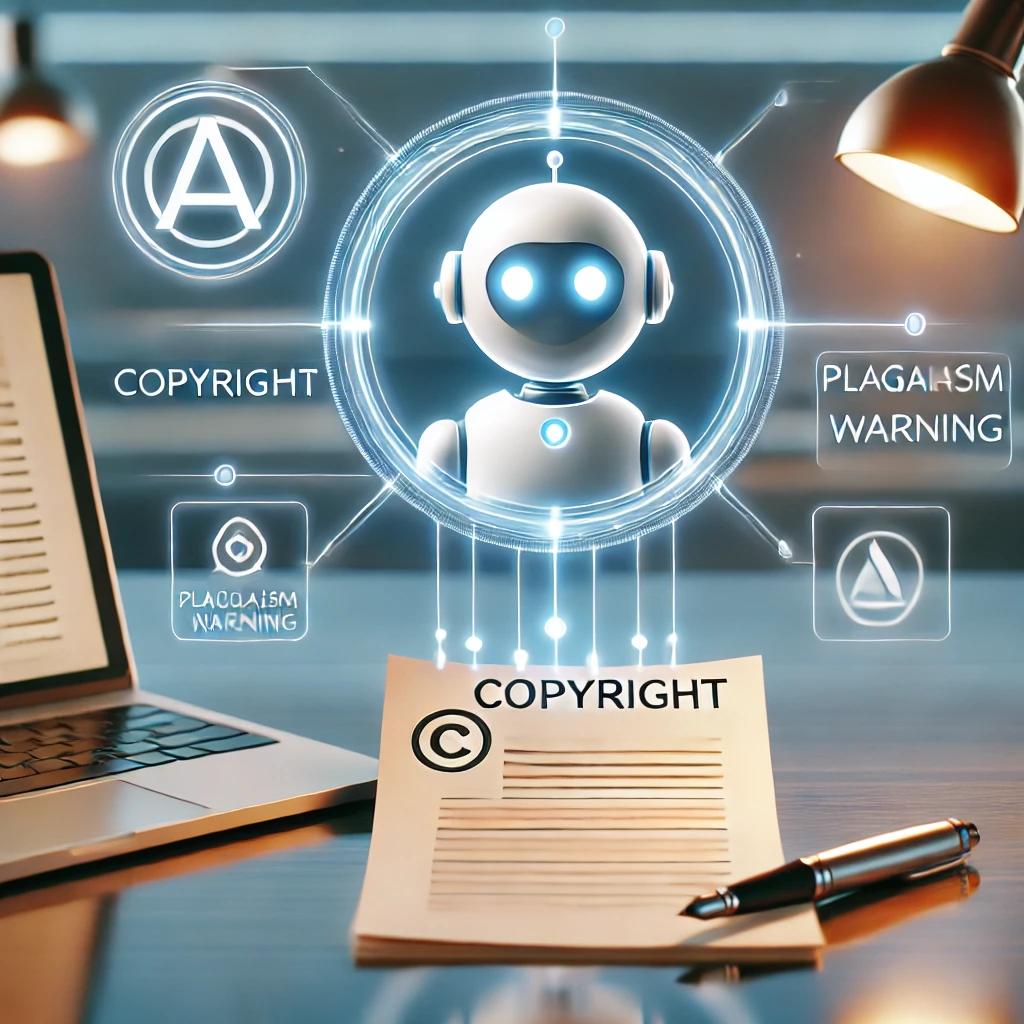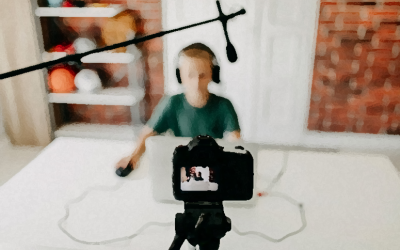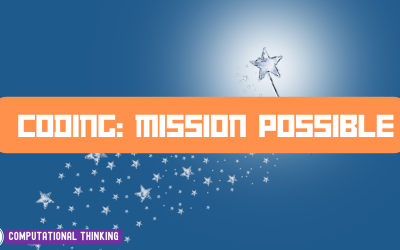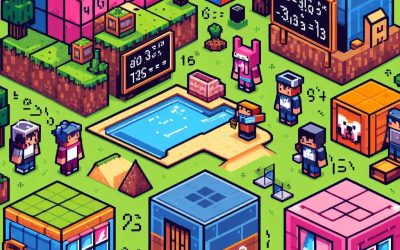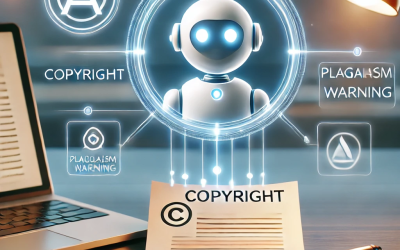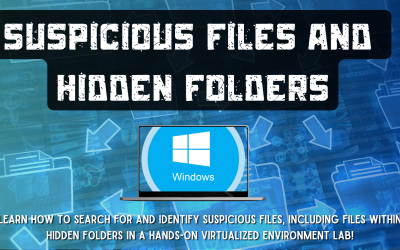Activity image generated with ChatGPT/DALL-E
Overview
This lesson connects digital literacy and responsible AI use with New Brunswick workforce skills. It was designed to emphasize ethical considerations regarding copyright, plagiarism, and AI in educational and professional settings.
NB Curricular Connections
ELA 6-12
Strand: Representations
Big Idea: Process
Skill Descriptor: Develop strategies to enhance clarity in multi-modal works.
Achievement Indicator: Apply knowledge of copyright/plagiarism (including the use of A.I.)
Technology 6-9
Strand: Information Technology Skills
Big Idea: Digital Citizenship
Skill Descriptor: Identify ethical use of computing technology
Achievement Indicator: Identify contexts where technology requires ethical behaviour
Civics 10
Strand: Civics
Big Idea: Decision-Making and Representation
Skill Descriptor: Explore digital citizenship to respond to issues of civic importance
Achievement Indicator: Use media literacy strategies to identify reliable and unreliable sources, check claims, and trace information back to the source
What You’ll Need
- Laptops or iPads
- Internet access
- Access to Canva
- Access to SchoolAI (or a similar appropriate generative AI tool)
Instructions
Part 1: Understanding Copyright and Plagiarism
Class Discussion:
Begin with a discussion about plagiarism and copyright. You may choose to explore this lesson from MediaSmarts for definitions and guiding questions, or the Fair Dealings website for information on copyright in education. You may also choose to invite in a speaker to discuss the topic with students (see Extension Ideas below or contact COE@gnb.ca for recommended guest speakers).
Prompt for discussion: “What are the ethical issues with copying someone else’s work? Does it change if a machine generates it?”
Activity:
Create a brainstorm or concept map about one of the following terms:
- Plagiarism
- Copyright
Use Canva or PowerPoint to visually present brainstorm, with:
- A definition
- Examples
- The potential impact of generative AI tools
Part 2: The Role of AI in Content Creation
Activity: AI-Generated Content vs. Original Work
Step 1: Split students into small groups. Have each group choose an existing piece of writing that one of their group members has written.
Step 2: Have the group use an AI tool like SchoolAI to edit and revise the work. You may want to use this SchoolAI space for the activity. Allow students to prompt the AI with details about what they want to improve and/or allow the AI recommend areas of improvement.
Discussion Questions:
- Now that your writing has changed by AI, who owns the content?
- Is using AI to generate work considered plagiarism? Is using AI to improve work considered plagiarism?
- How can you cite AI tools responsibly? (Introduce citation methods for AI use – How to Cite AI – Using Generative AI – Subject Guides at University of Alberta Libraries)
Reflection Exercise:
Students will write a paragraph, create a video or podcast, or use other ways of demonstrating analysis of using AI for schoolwork.
Discuss:
- Ethical use of AI tools
- How to balance authenticity and AI assistance
- Ways to ensure academic integrity
Part 3: Digital Ethics in Action
Project Task:
Students design a “Copyright and AI Best Practices Guide” for their school community. Using Canva or other digital means, they should include:
- Explanation of plagiarism and copyright
- Tips on avoiding plagiarism
- Guidelines for responsibly using AI tools
- Steps to properly cite AI-generated content
Groups present their guides to the class. Encourage peer feedback on clarity, accuracy, and practicality.
Career Connections
Relevant to fields such as IT, content creation, cybersecurity, and digital communications.
Extension Ideas
- Explore Careers:
• Invite a guest speaker from the Canadian Centre for Cybersecurity or Information Communication Technology Institute to discuss how generative AI impacts IT and cybersecurity careers.
• Invite a copyright officer from a post-secondary institution or lawyer to discuss their work and copyright laws - Debate:
• Host a classroom debate: “Should students be allowed to use AI for writing?” - Compare and Evaluate:
• Have students compare the output of the AI to their original writing. Alternatively, provide multiple samples but do not indicate which one is AI generated. Is one easier to evaluate that the other? How easy was it to recognize AI-generated writing?
Related Global Competencies
- Critical Thinking and Problem Solving
- Communication and Collaboration
- Self-Awareness and Self-Management
Reflection Tools
Please see the attached PDF for several choices on how you and your learners can reflect upon today’s activity.
